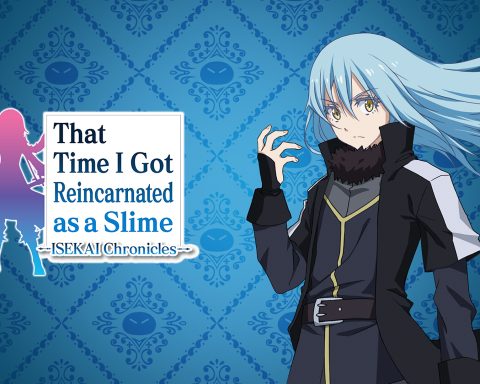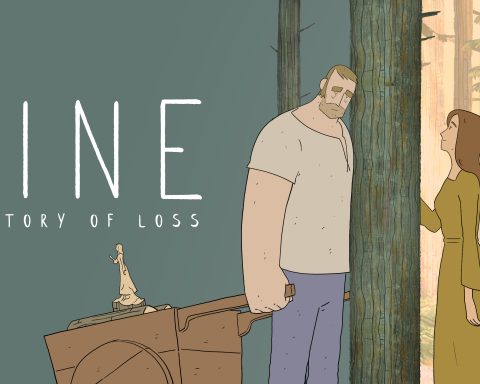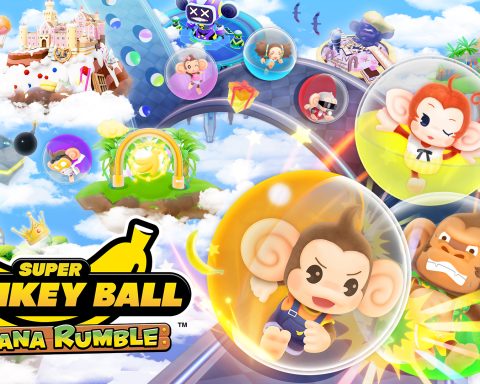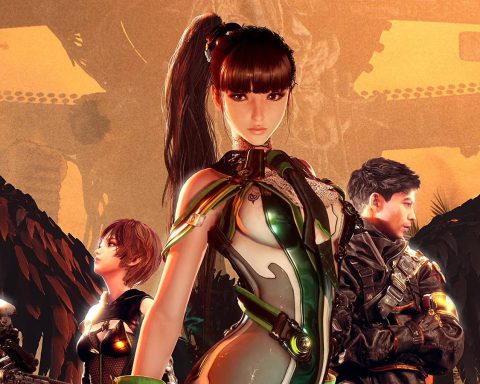Pikmin 3 Deluxe doesn’t do much over and above what it did on the Wii U, where it was initially released (and, indeed, was one of the early-era games by Nintendo on that console). To be entirely honest I’m actually going to plagiarise my own review of that Wii U original a little because I don’t have too much more to say over and above it for this Switch release. The touted new features, such as new side-story missions featuring Olimar and Louie, the ability to play Story mode in co-op and all DLC stages from the original being packed into the game are all nice, to be sure but they’re really additions at the edges rather than anything meaningful that adds to the base game.
Now, with that being said, Pikmin 3 Deluxe is a very worthwhile release for two reasons: firstly, a lot of people never bought into the Wii U, and this is a game that does not deserve to be lost on them. Secondly, this kind of thing is better experienced in a portable format, and Pikmin 3 is a joy to play on the Nintendo Switch in handheld mode. The bold, simple environments really stand out on a smaller screen, and the little armies of Pikmin are somehow more adorable when their tiny little forms struggle to cart those giant lemons and strawberries around. This wasn’t a game that made particularly meaningful use of the Wii U’s dual-screen setup, so the move to the Switch hasn’t compromised it in any way. What the portable does do is paper over the relatively simple technical details in the visual engine to better focus on the (impeccable) art direction. It’s better, is the point. So, with that in mind, here’s chunks of my original review, with the odd qualifying note for where things are different on the Switch:
The artistic aesthetic of Pikmin is both superb and consistent, and once you’ve sat down with it for an hour or two, its charm becomes irresistible. Given that there are swarms of the little plant-critters on screen at once, the Pikmin have a bright and happy personality that fits in perfectly with Nintendo’s typical Disney-like theme. The world itself is visionary and captures perfectly the concept of a household garden filled with everyday objects that become puzzles to excite the imagination. Pikmin as a series has always had something of an environmental message to it, and this game makes a strong statement as well, with household junk standing between the space-faring heroes stranded in the environment and being able to collect enough food to bring back to their dying home planet.
One area where the Switch re-release has been improved, however, is the controls. I can’t remember the specifics of the Wii U Pikmin 3 too well (it was seven years ago now), however, in my review of the game, I wrote this: There are a few weird quirks with the gameplay too that show Nintendo hasn’t quite cottoned on to using its own hardware. Pikmin 3 is a light strategy game, and players directly command the Pikmin to attack enemies, pick up objects and navigate past obstacles using an aiming crosshair that appears on the screen. Problem is, it doesn’t play very well on the Wii U gamepad, at all. Using the Wii U controller sticks is an exercise in frustration thanks to the cursor movement being far too sticky. Plug in a standard Wiimote and Nunchuk and suddenly the game plays like a dream, but unfortunately, you can’t do this for off-TV play and therefore that feature is next to useless.
On the Nintendo Switch, the game plays perfectly well, no matter what control system you use. Now it’s possible that I’ve just become more comfortable with these kinds of games in the years since (though given that Pikmin exists in a vacuum almost entirely its own that would seem unlikely), or Nintendo has improved things for this new release. Either way, it’s now effortless to flip between different targets for Pikmin, and between whatever characters that you control to solve puzzles or get through obstacles.
Pikmin is also one of Nintendo’s most creative franchises, and that in itself makes it worth a look for anyone burned out on minigames and platformers. As a light strategy game players are tasked with tracking down fruit in order to survive, and completing a range of specific missions involving using the Pikmin both to solve puzzles and take down bosses. Each Pikmin type has a different special ability – some are immune to fire, others can swim around, others can be used to form electrical lines to flip lights on in darkened areas, and others are able to shatter glass with their rock-hard bodies. The majority of the game is involved with figuring out how to utilize each Pikmin type to maximise the returns and defeat the enemies in the most efficient ways possible. Being in command of hordes of them, and being able to command a range of different Pikmin types at once opens up a wide range of different paths through the game, and that open approach to gameplay is a fun loop to get lost in; there are far too few games that give players genuine choice for how they approach challenges that a game throws at people. Especially when those challenges are puzzle-based in nature and it’s difficult as a programming task to give players a range of possible solutions to each individual puzzle.
In fact, fast forward seven years to 2020, and the small, enclosed spaces that dominate Pikmin are almost quaint and nostalgic. Even Nintendo is increasingly buying into the grandiose, wide-open open worlds and expansive levels, so to have something more restricted, but vibrant and hand-crafted, is almost (dare I say it) indie in spirit. If there is a Pikmin 4 finalised down the track we can almost certainly expect its world and structure to open up, and that would be a pity; this is a story of big adventures in (implied) little gardens, and that Honey I Shrunk The Kids-like theme is so whimsical it would be sad to lose it.
So Pikmin 3 isn’t the massive game. It never has been. It wasn’t on the Wii U, and it’s no “bigger” on the Switch. What it is, however, is a load of fun, and the charm is irresistible. Have we had more impressive remasters of games that were, to be frank, more impressive in the first place? Sure, but Pikmin isn’t meant to be “AAA” and it doesn’t try to be. Whether you’ve played this game previously or not, it’s still a charming delight.
Editor-in-Chief
Find me on Twitter: @mattsainsb
The critic purchased a copy of this game.









